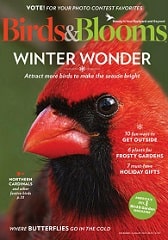Ever Wonder How Doves Survive Winter Weather?
If you've ever seen these gentle birds braving winter, you might wonder how they manage to stay warm.
Doves, especially Mourning Doves, have natural adaptations that help them handle chilly conditions, despite their delicate appearance.
Let's explore how they stay insulated and what we can do to support them through the colder months.
Built-In Defenses Against the Cold
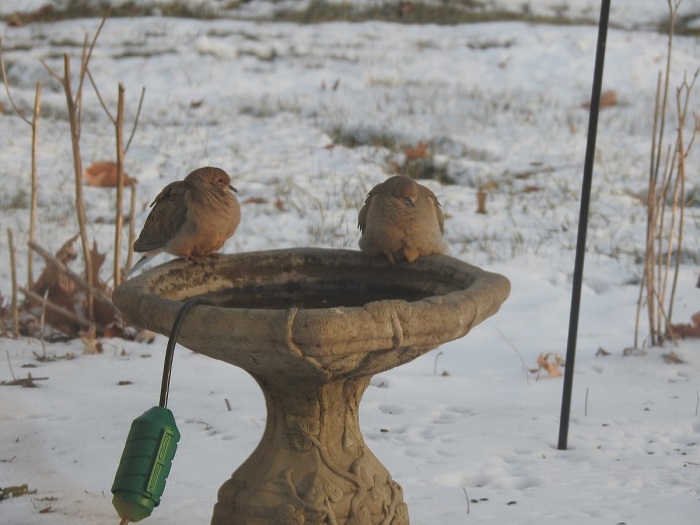
Doves on Heated Bird Bath
First, doves are naturally equipped with feathers that insulate well, holding layers of air close to their bodies to retain heat.
You might notice them puffing up in the cold; this behavior traps extra air, boosting insulation. These birds also have a high metabolism, which generates heat from within.
To fuel this, they often seek out high-energy foods when temperatures dip.
Doves are social creatures, and roosting together is another tactic they use to stay warm. Gathering in groups allows them to share body heat, helping each other stave off the chill.
They also choose sheltered roosting spots; like dense trees and bushes; that act as windbreaks, providing extra protection against harsh conditions.
Before winter sets in, doves go through a seasonal molt, replacing older feathers with newer, denser ones. This feather renewal provides a layer of protection suited for colder weather, preparing them for the season ahead.
Behavioral Adaptations for Cold Days
Along with physical defenses, doves use clever behaviors to manage freezing temperatures. Sunbathing, for instance, is something you might spot them doing, they'll find a sunny area and sit for a bit, absorbing any warmth they can.
They also conserve energy by limiting movement during especially cold days.
You'll often see them taking shelter in spots shielded from the wind, such as under bushes or in evergreens, where they can find some reprieve from cold gusts and snow.
Challenges They Face During Colder Months
Winter presents its share of challenges for these birds. One of the toughest is finding food when snow covers the ground, especially since they rely on seeds and grains that become harder to reach.
When food is scarce, it’s more challenging for them to keep up the energy they need for staying warm.
Long cold spells pose another difficulty.
Although doves have various ways of retaining heat, extended periods of low temperatures can strain their resources, particularly when combined with snowy or windy conditions.
At these times, having a steady food supply nearby can make a big difference by giving them the energy they need to pull through.
Migration Patterns vs. Staying Put
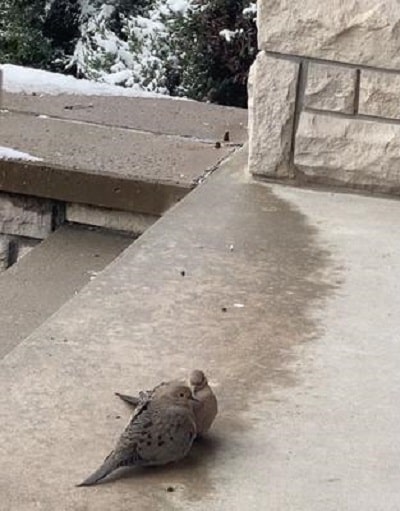
Doves Sitting on Porch After Snowfall
Not all doves endure winter in colder areas. Some migrate to warmer places, while others stay, depending on food availability and local conditions.
In northern regions, certain doves may move south when temperatures drop and food supplies wane. In milder zones, they’re more likely to remain throughout the year, having adapted to handle the seasonal change.
Those that stay in colder areas rely on their built-in defenses and any food sources they can find. That’s why they often show up at backyard feeders, making use of available resources.
Whether they migrate or stick it out, each bird relies on its own survival strategies to endure the season.
How Bird Watchers Can Lend a Hand
If you would like to help these birds keep warm during winter, here are some simple steps to support them through the coldest months:
-
Offer Reliable Food Sources: With high energy needs, doves benefit greatly from feeders stocked with seeds like sunflower, safflower, or cracked corn. Ground-level feeding areas are ideal for them if you’re able to set one up.
-
Provide Shelter: Roost boxes or sheltered areas give them a safe spot away from snow and wind. Roost boxes are fairly easy to install, but even having dense shrubs or trees around can provide them a valuable windbreak.
-
Keep Fresh Water Available: Fresh water is essential for hydration, even in winter. Heated bird baths or regularly refilling a standard one as it freezes can help them access this critical resource.
-
Retain Dense Vegetation: Leave evergreen trees or bushes untrimmed for the season; they offer natural cover that birds can use to stay shielded from cold winds. If adding plants, opt for evergreens or dense shrubs that provide protection year-round.
-
Limit Disturbance: Try to avoid high-traffic activity around their roosting or feeding spots, especially during colder parts of the day. This helps them conserve energy and avoid unnecessary stress.
-
Use Fewer Chemicals: Pesticides and chemicals can disrupt food sources and habitat, so limiting them helps create a safer space for all local wildlife.
These small steps can make a meaningful difference for doves and other birds that weather winter’s chill. Their adaptability is impressive, but a little help goes a long way.
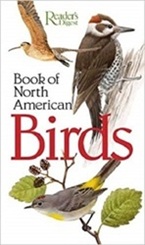
|
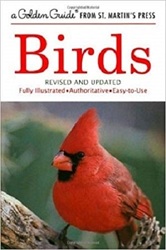
|
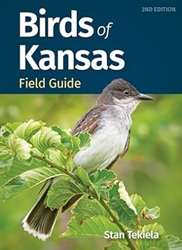
|

|
| Readers Digest Guide | Golden Guide | Your State Only | Nat-Geo Guide |


